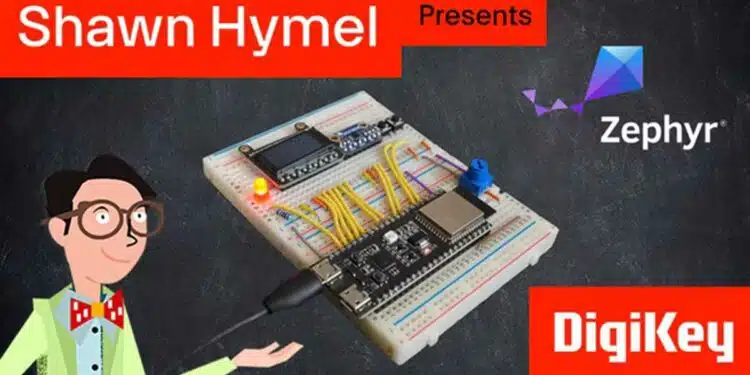DigiKey offers virtual zephyr operating system workshop and training videos. Students and engineers can learn how to write a Zephyr device driver with industry creator Shawn Hymel.
DigiKey, a leading global commerce distributor offering the largest selection of technical components and automation products in stock for immediate shipment, announces it now offers a free, on-demand Zephyr online workshop and video series on writing device drivers.
Zephyr, a powerful real-time operating system (RTOS) and development framework with a steep learning curve, is a key system for engineers and students to learn.
The online workshop is led by Shawn Hymel, an expert instructor and course creator in embedded systems and machine learning. He will guide engineers and students through the process of writing an I2C temperature sensor device driver for Zephyr.
Device drivers are one of the fundamental building blocks of Zephyr, and by creating one, attendees will gain experience working with C code, CMake, Kconfig and Devicetree systems. Understanding these languages and systems is crucial for developing applications in Zephyr.
“DigiKey is proud to help educate the next generation of engineers in some of the more complex topics that don’t get a lot of attention,” said David Sandys, senior director, technical marketing for DigiKey. “This type of training is unique and a valuable resource for anyone hoping to further their understanding of the Zephyr operating system.”
The workshop is available on-demand, and the educational video series is available on YouTube.
































